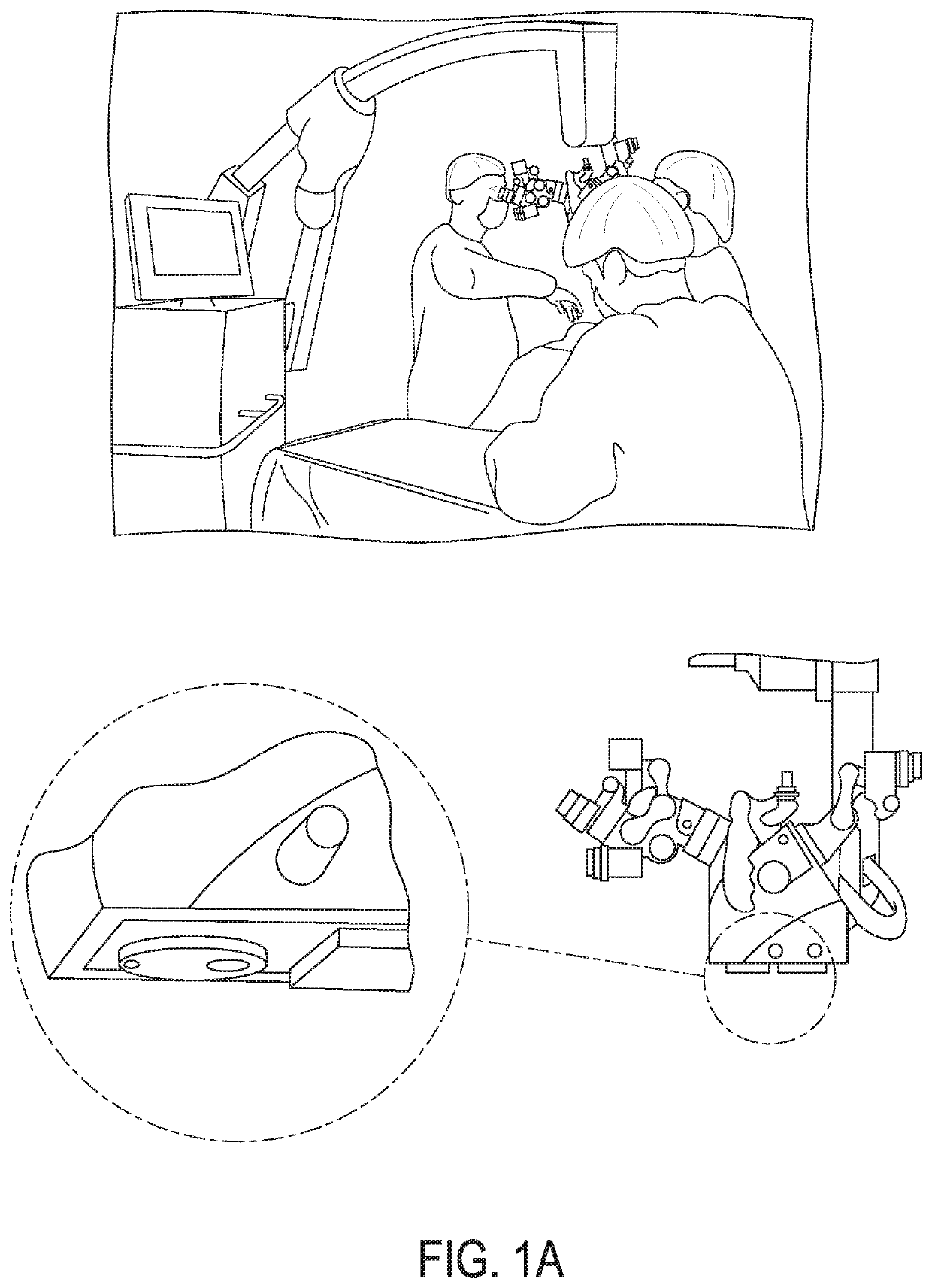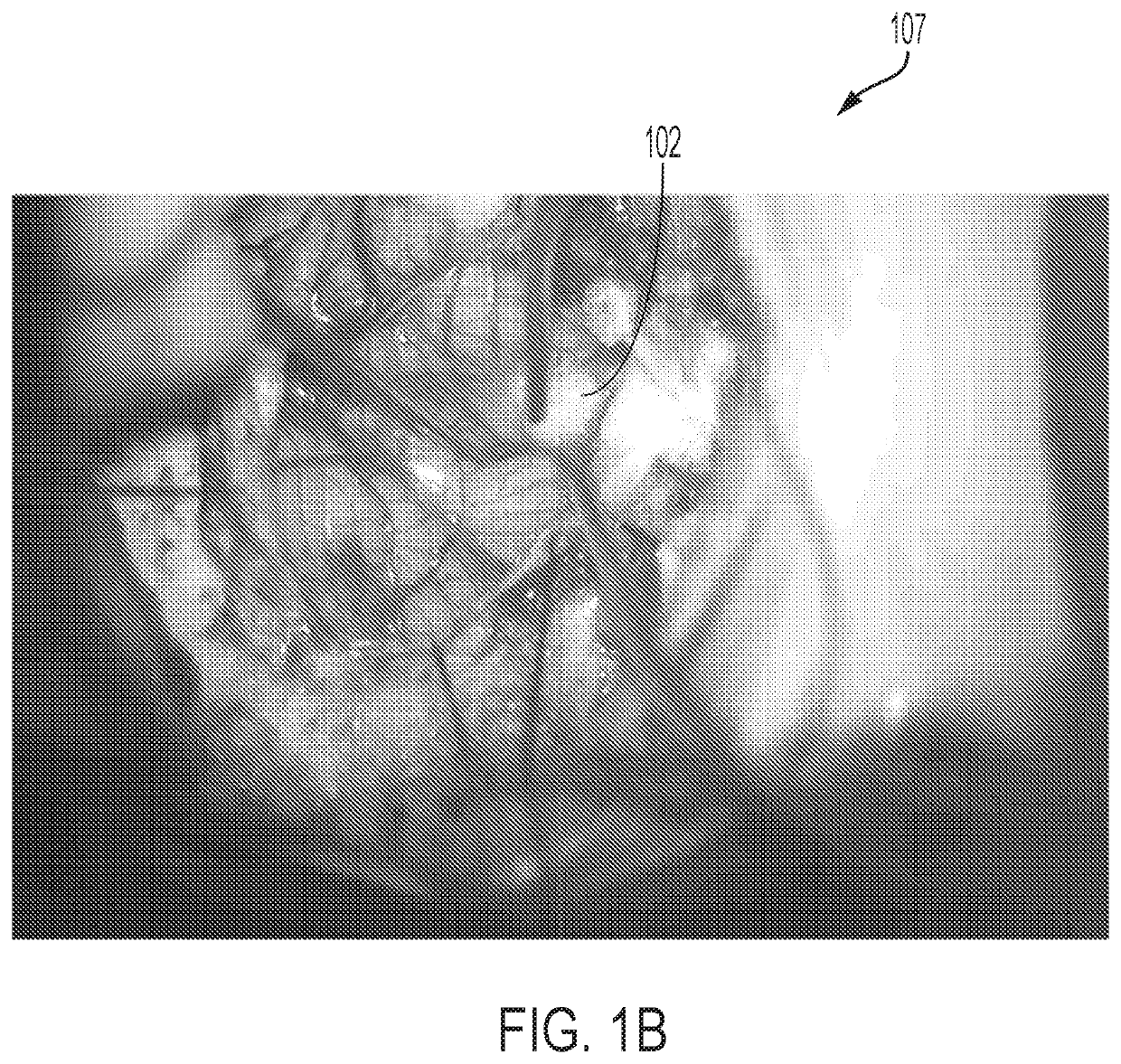Systems and methods for simultaneous near-infrared light and visible light imaging
a near-infrared light and visible light imaging technology, applied in the field of systems and methods for simultaneous near-infrared light and visible light imaging, can solve the problems of inefficient and non-optimal infrared images, and the image generated can be less than ideal in at least some instances
- Summary
- Abstract
- Description
- Claims
- Application Information
AI Technical Summary
Benefits of technology
Problems solved by technology
Method used
Image
Examples
example 1
stem During Pediatric Brain Tumor Resection
[0259]This example describes use of the imaging system and / or method disclosed herein for coaxial illumination and visualization of tozuleristide fluorescence during surgical resection of a pediatric brain tumor. The imaging system of the present invention was used to image brain tissue to detect a cancer using fluorescence imaging. Surgery was performed to remove cancer from the subject.
[0260]Subject T613 was diagnosed with a Grade 4 Atypical Teratoid Rhabdoid Tumor (ATRT) in the posterior fossa / brain stem. Tozuleristide which is a peptide-fluorophore detectable agent (15 mg / m2 dose), was given by intravenous (IV) bolus injection about 13.5 hours prior to the start of surgery. The imaging head was attached to the Zeiss Pentero surgical microscope along with two eyepieces prior the start of surgery.
[0261]After the tumor was exposed, the imaging system was initialized and used continuously. The imaging system enabled the surgeon to view fluo...
PUM
| Property | Measurement | Unit |
|---|---|---|
| wavelength | aaaaa | aaaaa |
| wavelength | aaaaa | aaaaa |
| wavelength | aaaaa | aaaaa |
Abstract
Description
Claims
Application Information
 Login to View More
Login to View More - R&D
- Intellectual Property
- Life Sciences
- Materials
- Tech Scout
- Unparalleled Data Quality
- Higher Quality Content
- 60% Fewer Hallucinations
Browse by: Latest US Patents, China's latest patents, Technical Efficacy Thesaurus, Application Domain, Technology Topic, Popular Technical Reports.
© 2025 PatSnap. All rights reserved.Legal|Privacy policy|Modern Slavery Act Transparency Statement|Sitemap|About US| Contact US: help@patsnap.com



